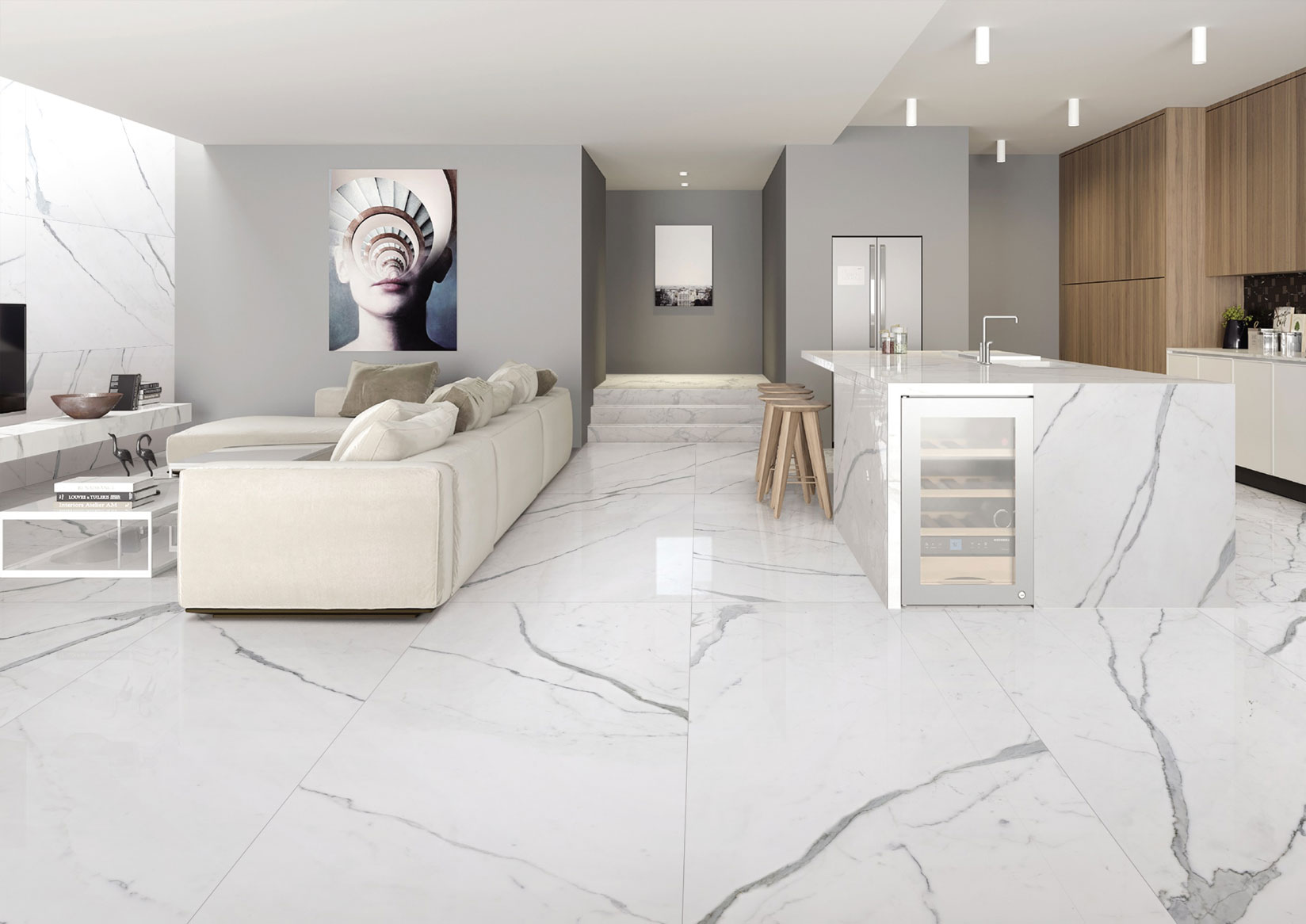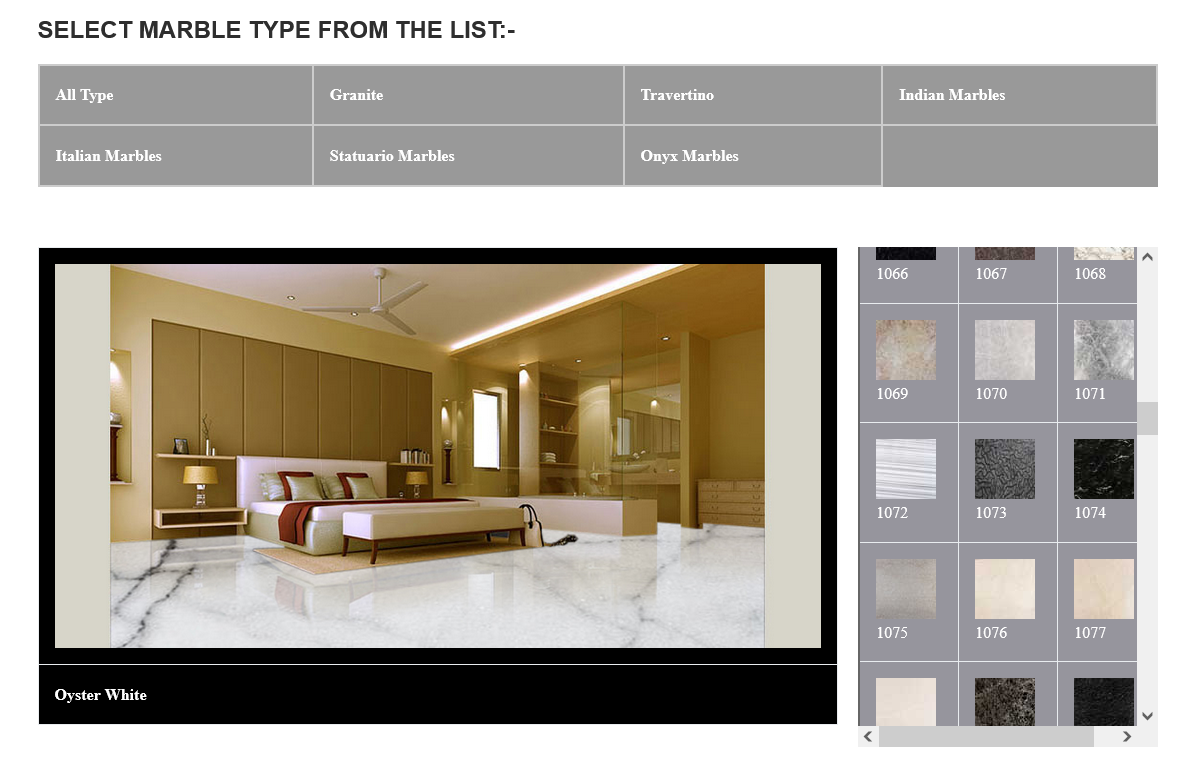Calacatta V/s Statuario And Carrara Marble By Bhandari Marble Group
What is so special about the most famous and desirable marble on earth? Maybe it’s the Italian origin and the historical allure that it was Michelangelo’s favorite stone to carve out his sculptures. Maybe it is the fact that Calacatta adorns so many cathedrals, churches, and castles all over the globe. Maybe it is the unique mix of white, grey and hues of gold flowing through the dramatic veining – or maybe it’s all of the above. The truth is that Calacatta marble is the most sought after material in the natural stone universe. But anyone who has shopped for Calacatta marble knows that there are so many different types and price ranges out there. So how do you know if you are buying the real thing or a cheap knock off version?
Calacatta vs. statuario and Carrara: Appearance Differences

As a rule of thumb, Carrara tends to be muddy in color and not pure white. Carrara and statuario are also less expensive and more common to find in your everyday marketplace or cut into tiles. Calacatta, on the other hand, has very bold veining with a crisp white background. While each natural stone slab is unique, Calacatta marble is much rarer than your typical Carrara and statuario marble.
Where Does Calacatta Marble Come From?
Calacatta marble comes from quarries found in the Apuan Mountains in Carrara, Italy. Owner of Aria Stone Gallery, Vinny Tavares, has been going to the Carrara area of Tuscany in Italy – the land of Calacatta marble – for the past 10 years. Tavares explains, “what most people don’t realize is that Calacatta marble doesn’t come from one specific mountain or quarry. There is a vast mountain range in the Carrara region in Italy, with each quarry producing a variety of white marbles such as Bianco Carrara, Goiai, Venatino, Statuario and finally, Calacatta marble. All of these materials are white marble with more or less the same geological formation.”
Some quarries produce better Calacatta marble than others. For example, the Borghini Quarry is one of the oldest operating quarries in the Carrara region and some of the quarry’s cuts can be traced to Roman Times.
What Does the Perfect Calacatta Marble Slab Look Like?
In order to understand Calacatta, you need to know what is not Calacatta. Just because someone calls a Statuario marble, “Calacatta” – does not mean it is a true Calacatta. But what truly differentiates all of the white marbles in the Calacatta Region – as the Italians have discovered hundreds of years ago – is the stone’s veining and how white the background is. The whiter the material, the more expensive the slabs. The more “uniform” the veining in the stone, the pricier it gets.

Carrara and stataurio marble are grayish-white with less large veins and finer, feathery veining that often appears to be linear. Calacatta marble is a rarer than Carrara and is more white than gray with dramatic veining that results in thick, predominant patterns. Statuario is the most precious marble varieties found in marble is grayish-white with less large veins and finer, feathery veining that often appears to be linear. Calacatta marble is a rarer than Carrara and is more white than gray with dramatic veining that results in thick, predominant patterns. Statuario is the most precious marble varieties found in Italy.



